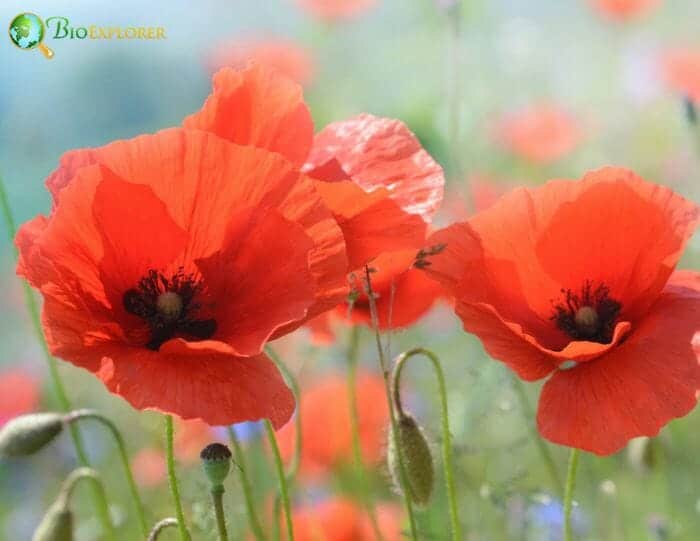
The Poppy is a flowering herbaceous plant of the Papaveroideae subfamily in the Papaveraceae family. Poppies are plants that are often cultivated for their brightly colored flowers.

There are more than 120 species[1] of poppies in the Papaver genus, the genus to which the typical corn, field, or red Poppy (Papaver rhoeas), as well as the famous opium poppy (Papaver somniferum), belong.

Papaver somniferum is the source of narcotic opium, which contains potent medicinal alkaloids and has been used as an analgesic and medicinal and recreational anesthetic since ancient times. It is believed that the Poppy is native to the Mediterranean area.

Poppies are annual, biennial, or short-lived herbaceous plants. Poppies can grow to over three feet tall and flowers up to six inches wide. The flowers of the species (not the varieties) have 4 or 6 petals.

Numerous stamens form a visible whorl in the middle of the flower and an ovary of 2 with several intergrown carpels. The petals are conspicuous and can be almost any color.

The petals fold in on the bud, and at the end of flowering, the petals are usually flat before falling. Varieties of poppies bloom as single or double flowers in various colors, including purple, red, orange, white, yellow, and pink. In temperate areas, poppy plants bloom from spring to early summer.











